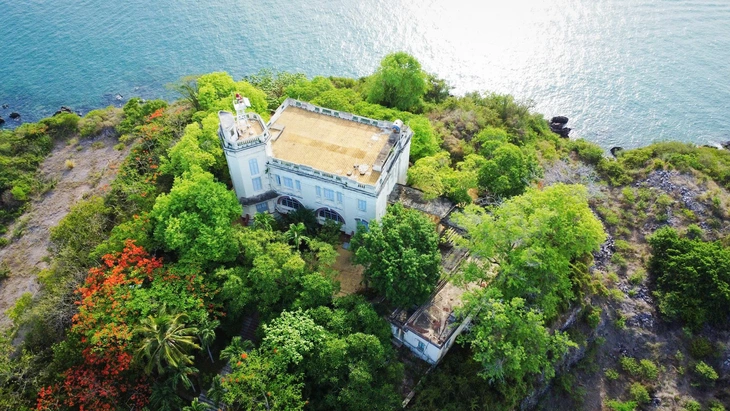
A villa in the Bao Dai palace relic - Photo: TRAN HOAI
On July 30, the Department of Culture, Sports and Tourism of Khanh Hoa province said it had reported to the Provincial People's Committee regarding the proposal to requisition a villa in the Bao Dai palace relic as accommodation for staff of the Provincial Monument Conservation Center.
Through review, the department found that the center's issuance of an official dispatch proposing the requisition of the Bao Dai Palace relic as official housing for officials was flawed and did not seek the opinion of the department's leaders.
In addition, the center's proposal to temporarily arrange accommodation for civil servants and public employees at the above-mentioned provincial relic site is not within its authority and is not in accordance with current legal regulations on the management and use of relics.
The Department also requested the Center for Monument Conservation to review and clarify the responsibilities of individuals and groups involved in the mistakes that negatively affected public opinion.
As reported by Tuoi Tre Online , the Khanh Hoa Provincial Monuments Conservation Center previously sent a document to Khanh Ha Investment Joint Stock Company (Ha Do Group), the investor of the Bao Dai luxury resort project, requesting support in arranging accommodation for civil servants, public employees, and unit leaders.
The Center requested Khanh Ha Company to support the temporary arrangement of two rooms in the Vong Nguyet villa in the Bao Dai villa relic site as accommodation for a deputy director of the department and a deputy director of the Monuments Conservation Center, during the time of job transfer when stable accommodation has not been arranged.
However, after reviewing, the Center for Monuments Conservation found that the above proposal was inappropriate and not in accordance with regulations, so on July 9, the center issued a document withdrawing the above proposal.
Cau Da Villa (Bao Dai Palace) includes 5 ancient houses named Xuong Rong, Bong Su, Bong Giay, Phuong Vi and Cay Bang, built by the French in 1923, following the classical French architectural style, harmoniously combined with the art of flower gardens.
From around 1940 to 1945, King Bao Dai and Queen Nam Phuong and their family often came to this relic site for relaxation and entertainment, so it was also called Bao Dai Tower.
Source: https://tuoitre.vn/de-xuat-trung-dung-lau-bao-dai-nha-trang-cho-lanh-dao-so-nganh-o-khanh-hoa-yeu-cau-kiem-diem-2025072915553866.htm


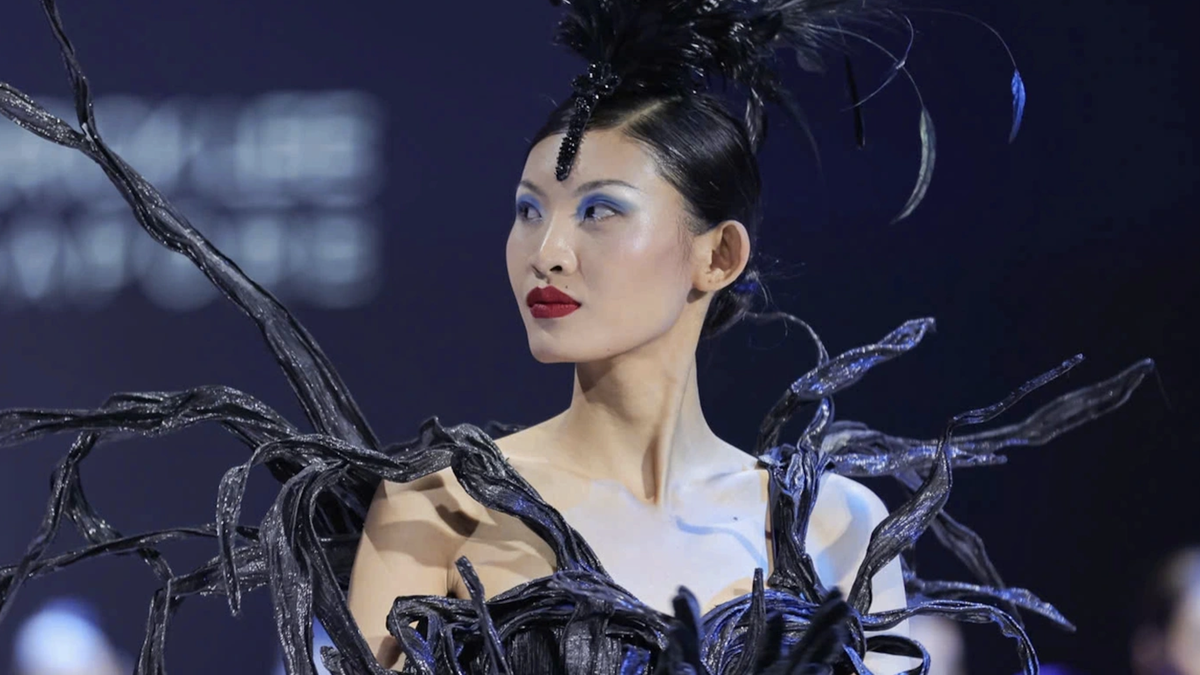
![[Photo] Unique art of painting Tuong masks](https://vphoto.vietnam.vn/thumb/1200x675/vietnam/resource/IMAGE/2025/11/14/1763094089301_ndo_br_1-jpg.webp)
![[Photo] Unique architecture of the deepest metro station in France](https://vphoto.vietnam.vn/thumb/1200x675/vietnam/resource/IMAGE/2025/11/14/1763107592365_ga-sau-nhat-nuoc-phap-duy-1-6403-jpg.webp)
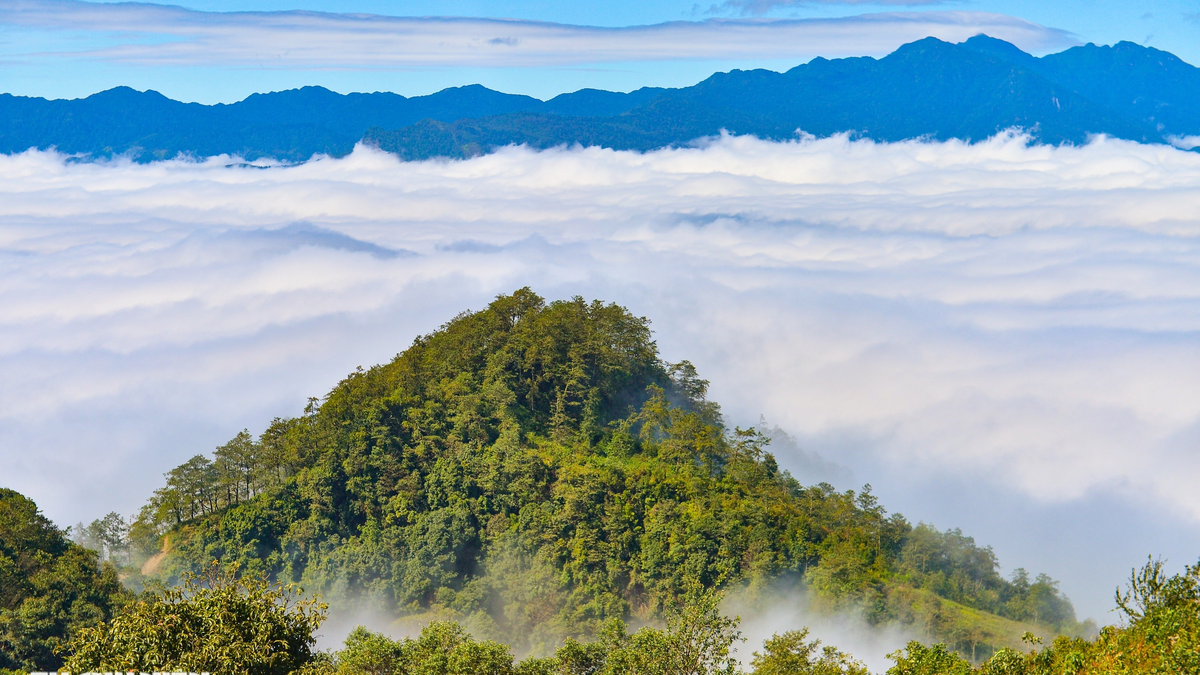
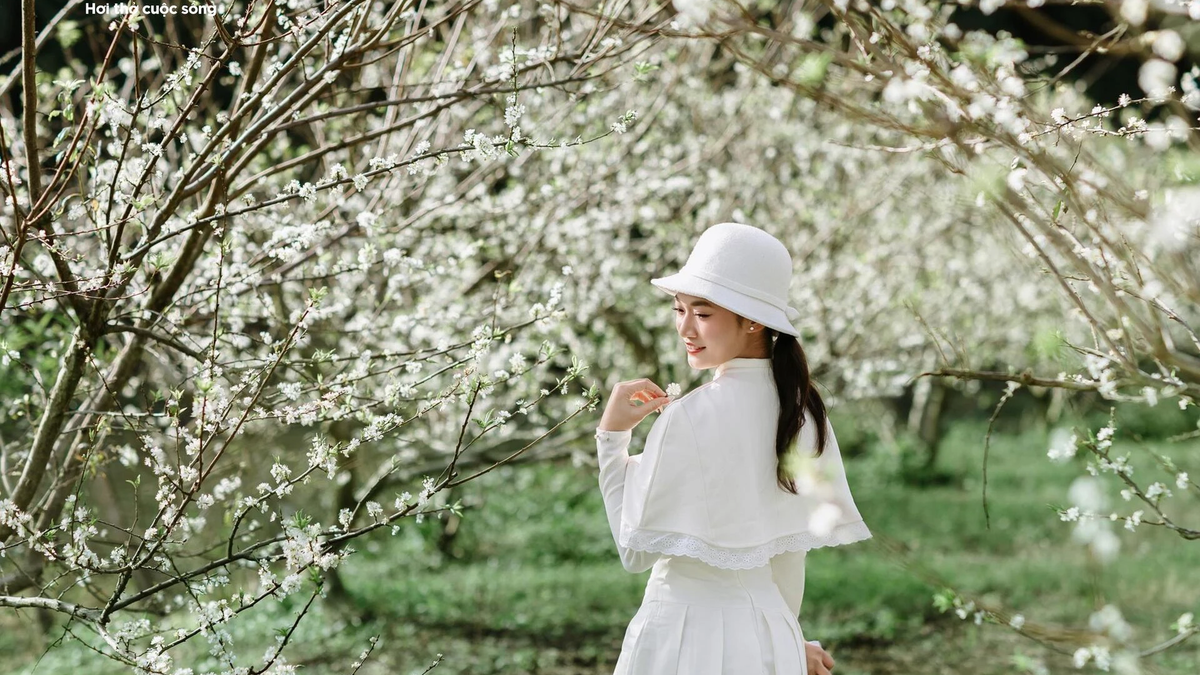
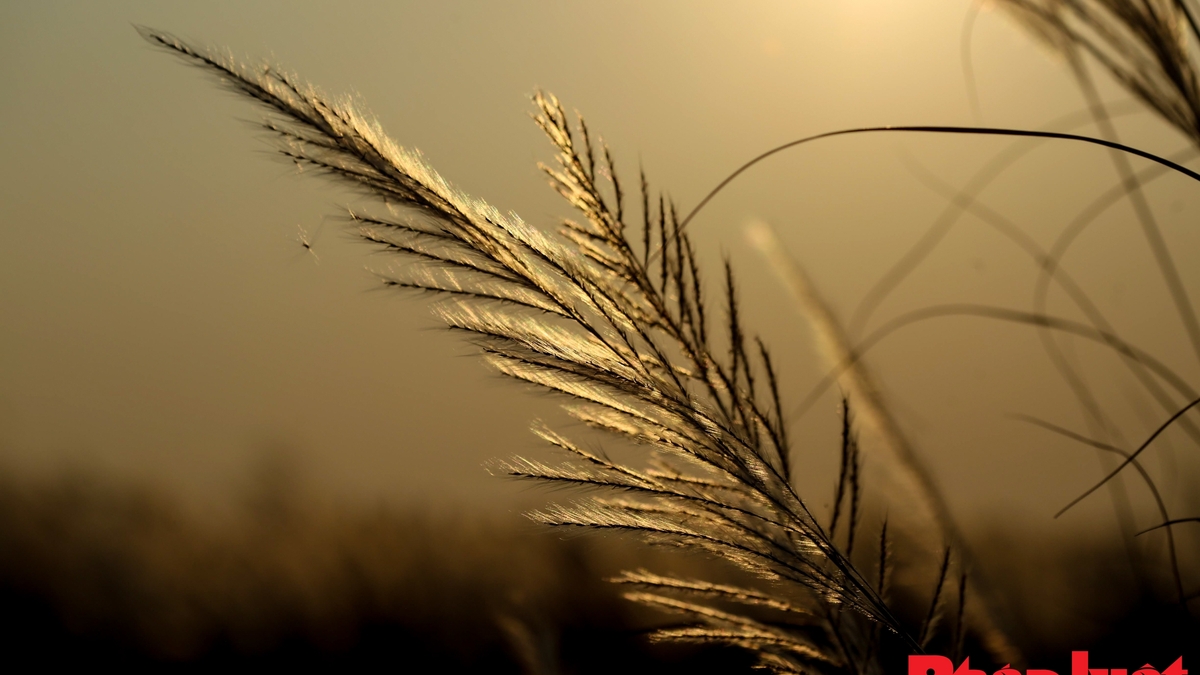



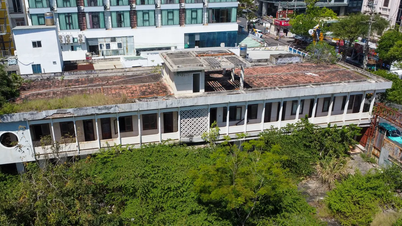


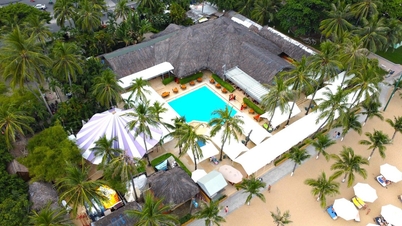
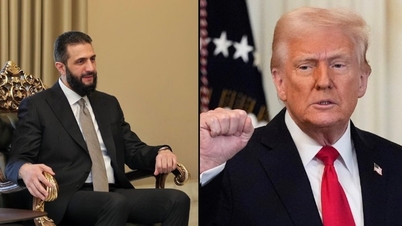

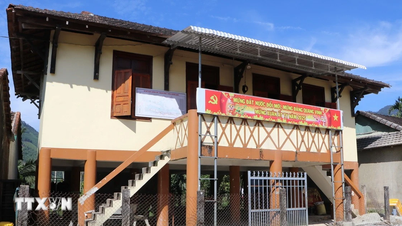

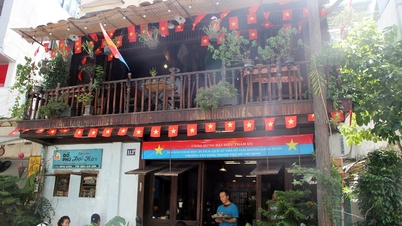



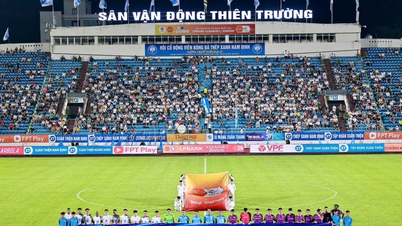

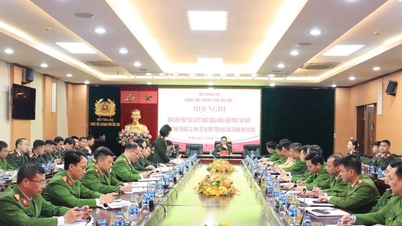

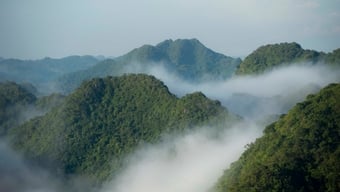
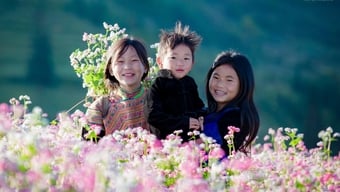

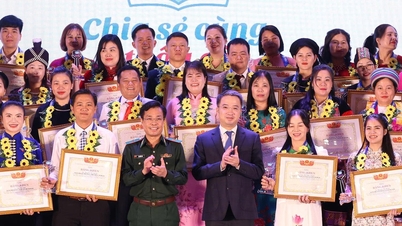


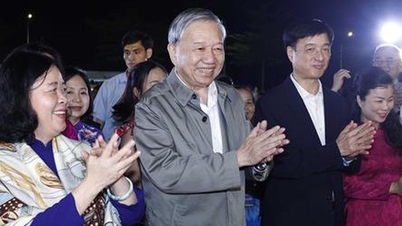


![[Photo] Special class in Tra Linh](https://vphoto.vietnam.vn/thumb/1200x675/vietnam/resource/IMAGE/2025/11/14/1763078485441_ndo_br_lop-hoc-7-jpg.webp)

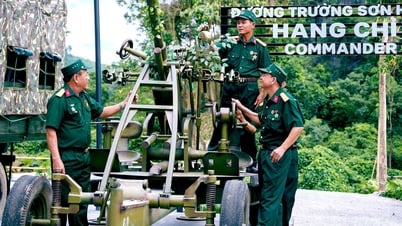




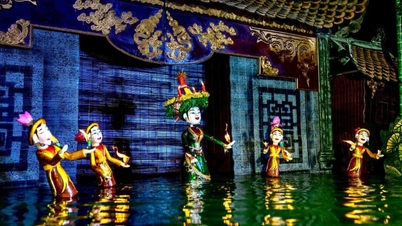




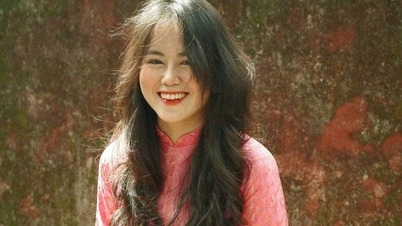

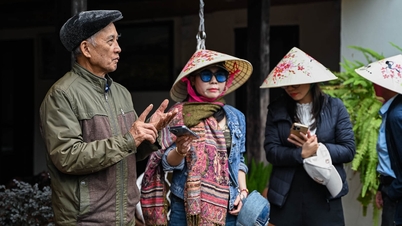



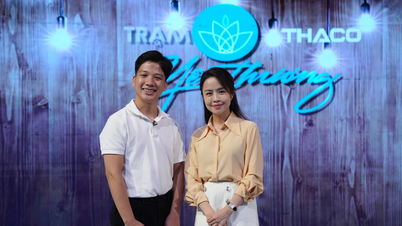
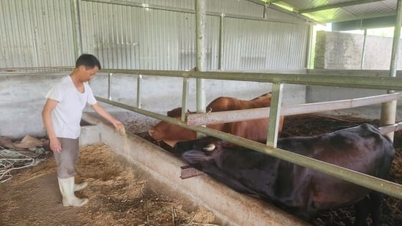

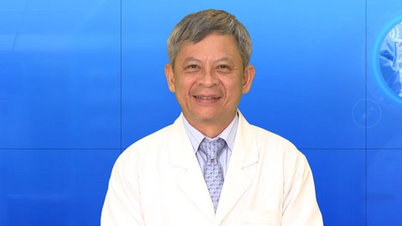
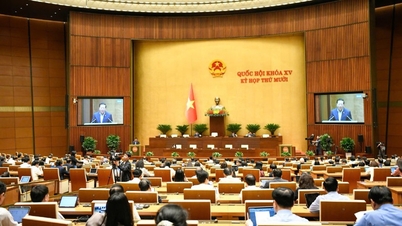


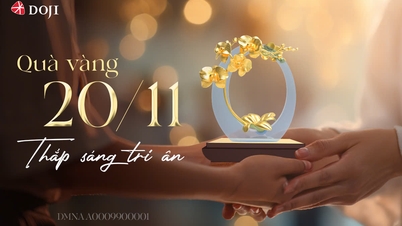








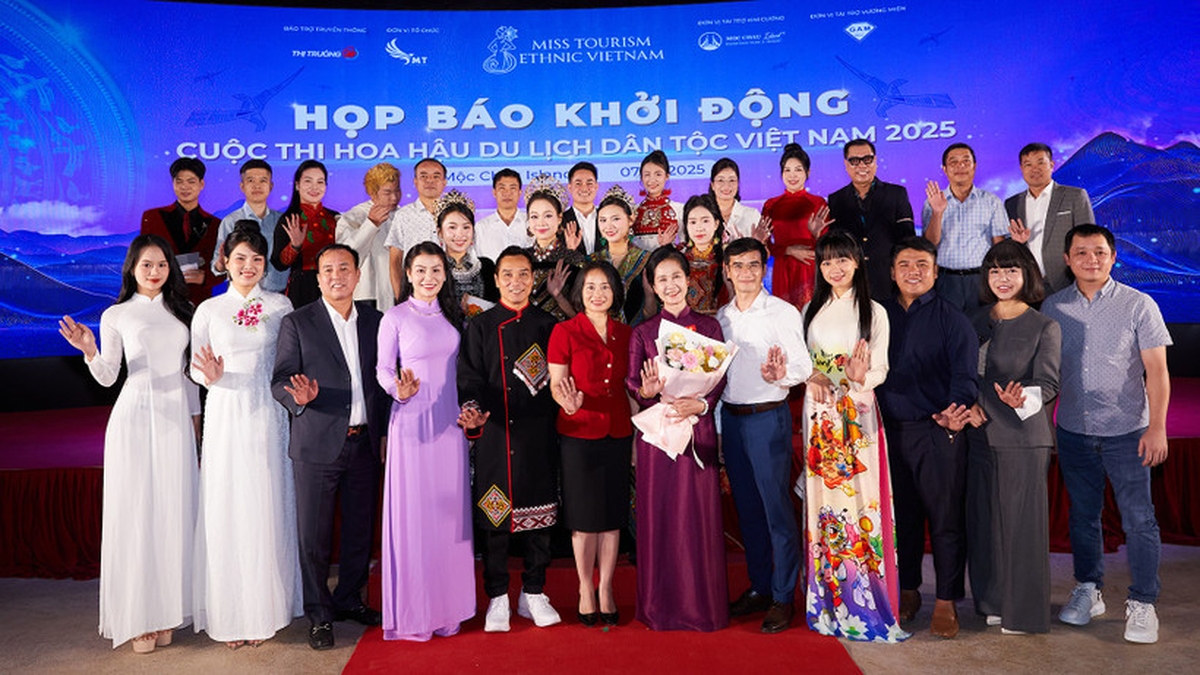






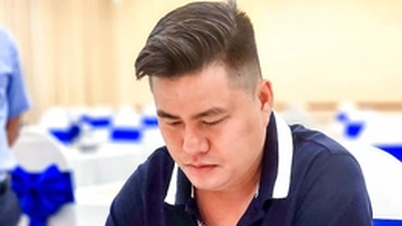
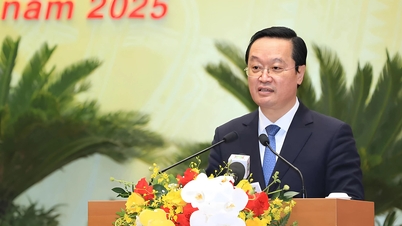


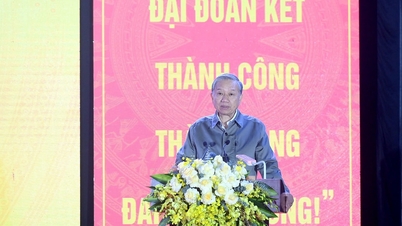

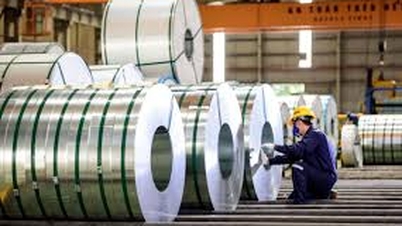

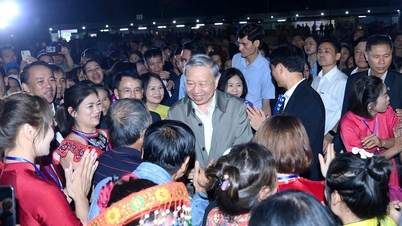
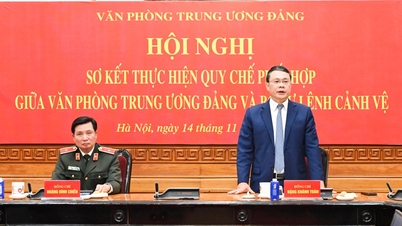


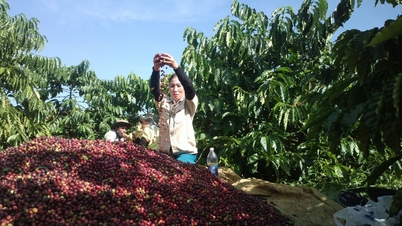

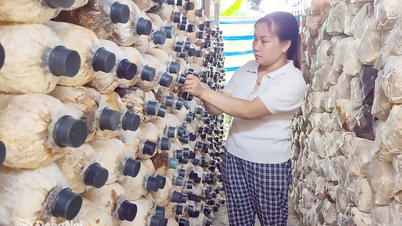




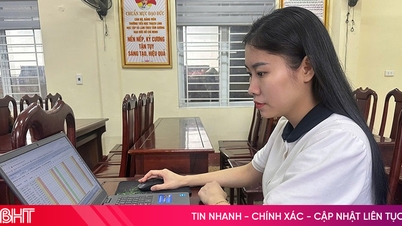
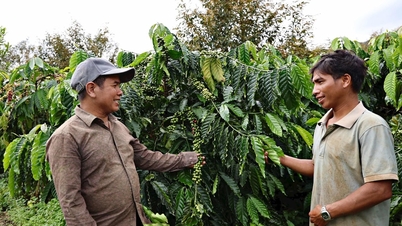



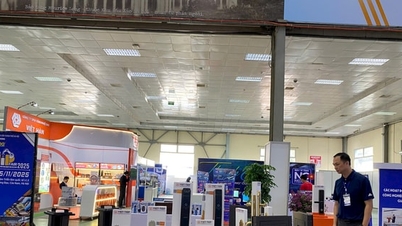


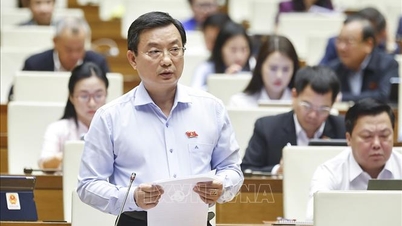





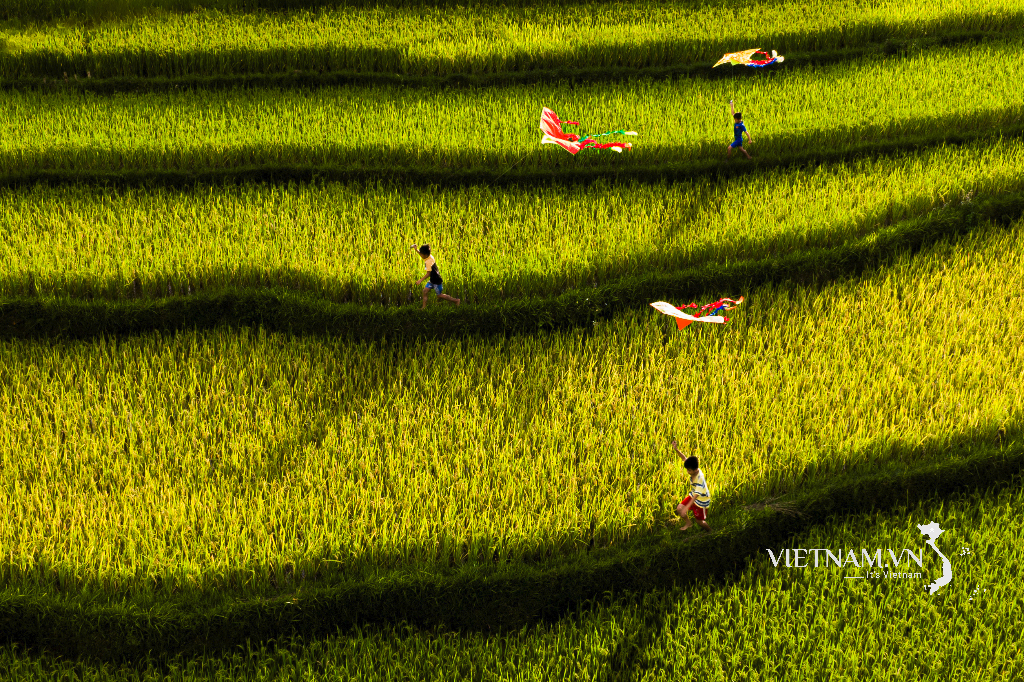

Comment (0)